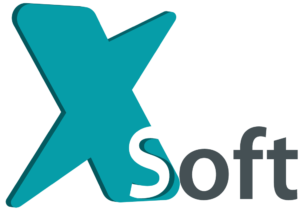
How To Build A Successful E-learning Platform
The Covid-19 crisis has extremely affected many industries. Some of them flourished, however, others went into a total standstill. Elearning can be considered one of the few ones that in this challenging situation has experienced growth by helping people to better themselves. Namely, it gave people the opportunity to look for ways for occupying their minds and views while being indoors. Thus, this made the E-Learning market a profitable business model for those people who were planning to build platforms like Coursera or Udemy. Thus, here you can find all the necessary information before starting to develop your E-Learning platform.
Steps to building an eLearning website
1. Validating your idea
In order to validate your idea in a proper way, first of all, you need to have a look at the numbers. According to recent statistics, the global E-Learning market will reach up to $300 billion by 2025. Hence, in order to succeed in the sphere, you need to build an affordable and effective product.
2. Defining your niche
First of all, it is essential to think about all the courses that will be offered. Focus on niches that are most common like entrepreneurship, business, arts and crafts, health, fitness, technologies, and personal development. Think about learners’ demographics (gender, educational background, age) as well as about the learning preferences and primary.
3. Choosing a business model
Choosing a business model is essential before starting development. This will determine the way how you will earn money through the platform. You can choose from:
paid courses
corporate collaboration
paid certificates
affiliate model
subscription-based
affiliate model
4. Implementing must-have features
There are some key features that almost each eLearning platform is made of. They are divided into teacher profile features, student profile features, and admin panel features.
5. Choosing the development approach
When you want to build a website like Coursera or Udemy you have two options. Either you can build it from scratch or give preference to a ready-made solution that the market offers.
6. Engage good educators
It goes without saying that a good UI and UX, as well as first-class performance, is not enough for assuring your success without great content. That is to say, that the content needs to be delivered by top educators, so in this case, you should consider cooperating with universities and other educational establishments as well.
An example of such a kind of master collaboration is MasterClass, which offers courses from Margaret Atwood, Marc Jacobs, Annie Leibovitz, Neil, and other famous people.



